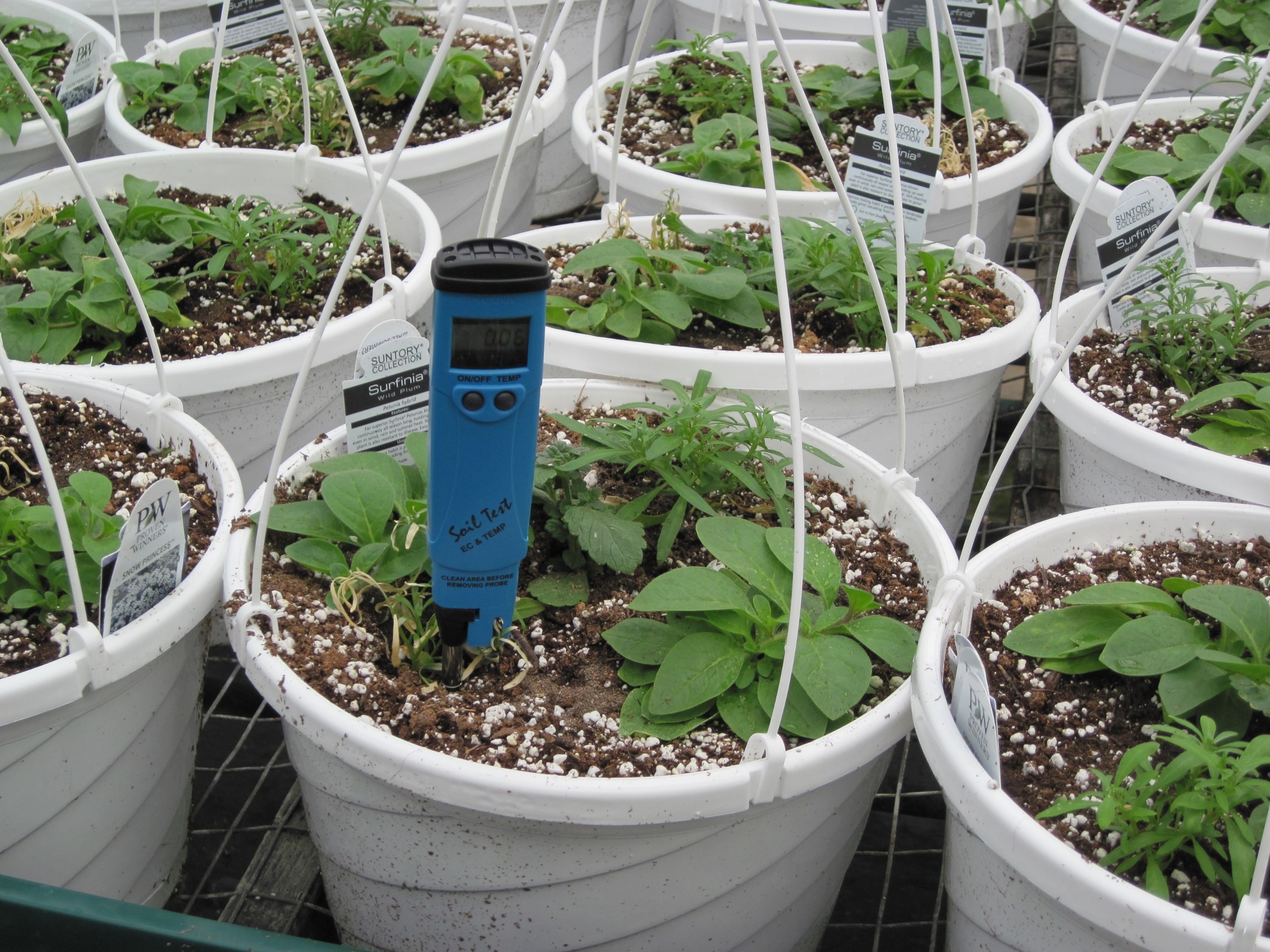
View by Author:
View Blogs:
Emerging Threat to Greenhouse Profitability and it is Not a Pest or Disease
Most of our blog articles deal with pest management and/or growing practices, but after attending a roundtable discussion with various industry members the greatest threat to your greenhouse operation may not be from the latest pest or disease, but from supply chain issues that may alter the way that you conduct your business for the next several years. As a former greenhouse grower, most of us like to wheel and deal to get the best possible price on various crop inputs. Historically, we had the buying power, and we knew how to expertly wield it to get the lowest price possible for pots, media, fertilizer, and other greenhouse inputs. Supply chain issues have unfortunately taken this buying power away from the grower/manager and have placed the suppliers in the driver’s seat as they try to broker scarce greenhouse inputs to an industry that has seen a COVID-19 fueled expansion in floriculture sales.
One industry insider indicated that plastic containers which are essential to most operations were seeing production delays of 400 days from their offshore supplier. When you see delays like this it forces growers to anticipate their production needs 18-24 months in advance to ensure that they have enough containers to meet their production needs. One grower shared with the group that hanging baskets are an integral part of his product mix and he did not know if or when the hanging baskets (that he had ordered over six months ago) would be delivered to his operation. Without hanging baskets, this grower has effectively lost one third of his spring product mix and he is scrambling to line-up an alternative supply of hanging baskets.
Most people laughed when consumers hoarded toilet paper and cleaning supplies in the early days of the pandemic. Greenhouse operators and most manufacturers use a "just in time” philosophy when it comes to receiving crop inputs and have deliberately kept their product inventories very low in their warehouses and storage facilities to free up capital and to reduce carrying costs associated with inventory management. With the dawn of COVID-19 driven supply chain shortages, we are seeing greenhouses and manufacturers reconsidering their "just-in time” philosophies and many are beginning to add additional warehouse space or storage to stockpile critical crop inputs.
Every grower that I have spoken with has observed supply chain issues and price increases for crop inputs. While some crop inputs may have risen as much as 12% growers are very concerned about increasing their retail or wholesale prices for fear of alienating their customers. While I recognize their concerns, I don’t believe that greenhouse operations should absorb these increased input costs. The days of decreasing margins to combat consumer perception should be long gone. Consumers are aware of supply chain issues in every industry and are paying more for everything else so why should the greenhouse industry be any different? If your input prices increased by 12%, pass this increase onto the consumer or you will not survive in the market for long.
Supply chain issues will be the biggest threat to your profitability in 2022. Make sure that you have secured your crop inputs for this year and begin to secure your crop inputs for 2023. Most industry prognosticators believe that consumer demand will continue to be strong for floriculture products but be prepared to pivot at anytime if new external threats begin to loom on the horizon.

About the Author:

Thomas Ford
Commercial Horticulture Educator, Penn State ExtensionTom has worked for over 40 years with Cooperative Extension in Maryland, North Carolina, and Pennsylvania. During his career he has worked intensively with vegetable and fruit growers, greenhouse and nursery operators, landscape and turf professionals and area farmers with their production and pest management issues.
Tom is a native of Central Maryland and resides with his wife, Laura and their four sons in Duncansville, PA. Tom has a B.S. degree in Ornamental Horticulture from the University of Maryland and a MBA from Frostburg State University in Frostburg, MD. Tom currently serves as a Commercial Horticulture Educator with Penn State Extension and is housed in the Cambria County Extension Office in Ebensburg, PA.
